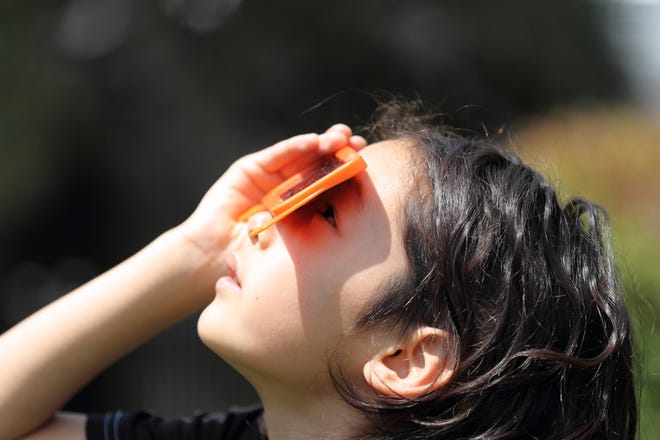Some lucky children will be able to catch a total solar eclipse April 8 alongside their parents in an incredible event that will not present itself again until 2044.
Families in 13 states – Texas, Oklahoma, Arkansas, Missouri, Illinois, Kentucky, Indiana, Ohio, Pennsylvania, New York, Vermont New Hampshire and Maine, according to NASA – will have the opportunity to experience the moment when the moon completely blocks the sun. Families in parts of Tennessee and Michigan may also experience its full effect.

With many schools closing across the U.S. on the day of the eclipse, parents are left looking for ways to keep their kids busy and how to make the day fun.
We’ve gathered some stellar leads, but first, a little on how to talk to kids about what to expect.
Solar eclipse video for kids
Michelle Nichols, director of public observing at the Adler Planetarium in Chicago, shares an easy way to explain the event to kids.
“At its very simplest, when the moon gets in between the earth and the sun, and the moon appears to pass over the sun as seen from Earth, then we get a solar eclipse,” Nichols told Scientific American.
“If the moon partially covers the sun, we call it a partial solar eclipse. If it completely covers the sun, we call it a total solar eclipse.”
Other information that may be fun for older kids to digest would be how the solar eclipse phenomenon differs from the new moon, Jackie Faherty, an astrophysicist and senior education manager at the American Museum of…



























































